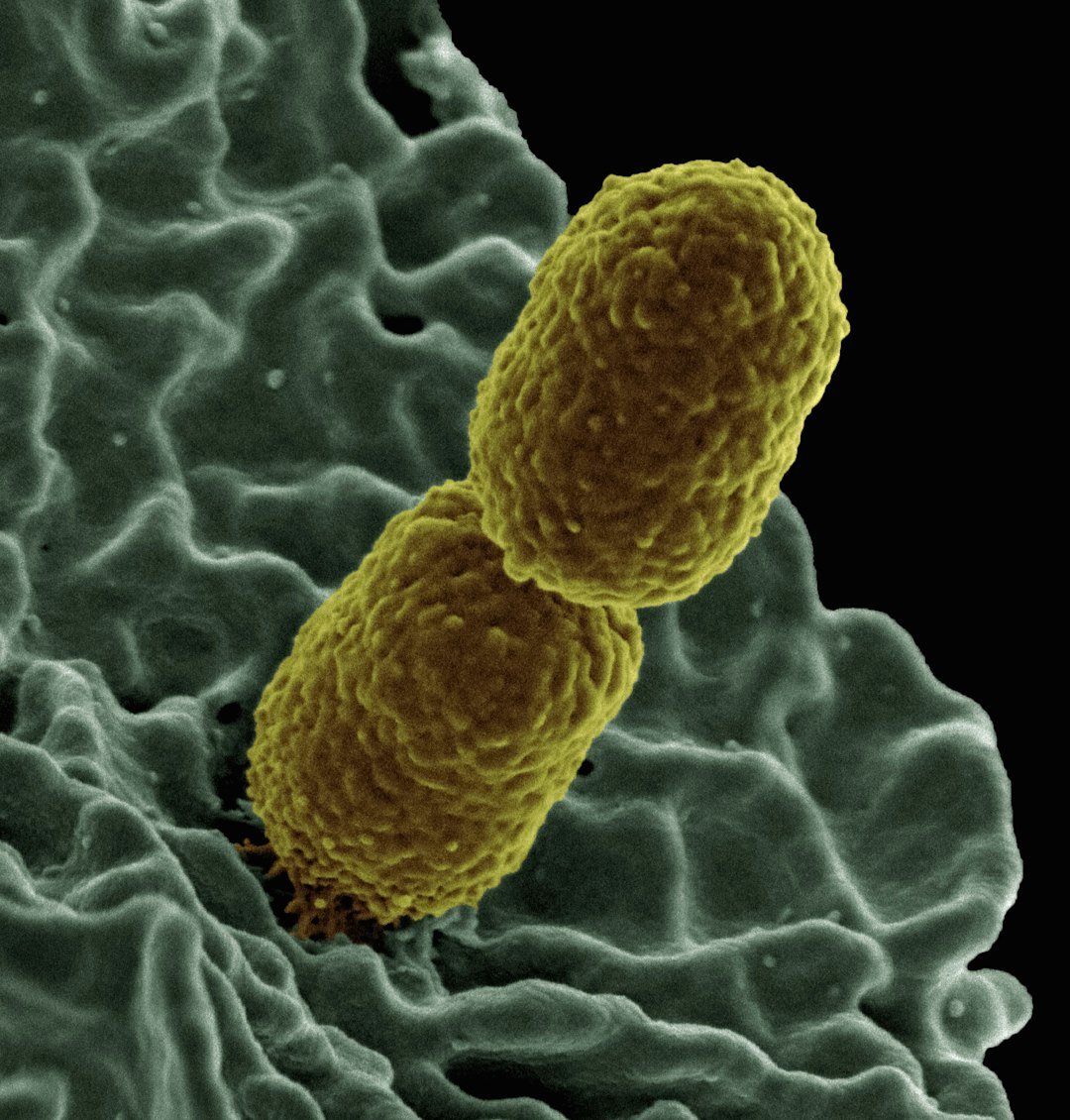
Household spaces are often teeming with microorganisms, yet obsessing over every tiny bug isn’t practical or necessary—complete eradication is impossible, and trace levels typically pose little threat. Instead, it’s wiser to target the prime spots where these microbes thrive and multiply unchecked.
Particular items around the home can accumulate substantial microbial loads, potentially leading to health issues if ignored. Identifying and addressing these overlooked germ hotspots is essential for maintaining a safer environment. Here are some key examples to consider for better hygiene practices.
Your Smartphone
Smartphones accompany us through our daily routines, constantly exposed to a variety of microbes from our hands and surroundings. Without regular maintenance, these devices become breeding sites for bacteria, with studies suggesting that the average phone surface harbors up to 10 times more germs than a typical toilet seat—a startling fact backed by microbial research from public health organizations.
This risk escalates in areas like the bathroom, where phones are often used and then transported to food preparation zones without proper sanitization. Even with handwashing routines in place, the phone itself can act as a vector, transferring contaminants from one area to another. To mitigate this, opt for safe cleaning methods like disinfectant wipes, which are gentle on device materials such as cases and screens. Products like those from Lysol are effective and less likely to cause damage. Always power down the device first to clean hard-to-reach areas, including ports, and allow it to air dry completely for optimal results.
Your TV Remote
The TV remote is a frequently handled item that often goes un cleaned, making it a common transmitter of germs in shared living spaces. Unlike phones, remotes don’t typically venture into high-risk areas like bathrooms, but they can still facilitate the spread of illness among family members through repeated contact.
For thorough sanitization, remove the batteries to access all surfaces, then wipe the remote down with rubbing alcohol on a soft cloth or use dedicated disinfectant wipes. This approach not only eliminates surface bacteria but also helps prevent the buildup of residues that could harbor pathogens, according to guidelines from hygiene experts.
Meanwhile, the kitchen sink serves as another unexpected reservoir for microbes, as it encounters food residues and dishwater daily. Much of this material washes away, but residues can adhere to the basin walls, leading to gradual accumulation if not scrubbed regularly with a disinfectant solution to disrupt bacterial colonies.
Your Fridge
Storing uncovered or leaking foods in the fridge can result in spills that foster the growth of mold and bacteria over time, potentially contaminating nearby items and creating a chain reaction of microbial spread. Background data from food safety agencies indicates that refrigerators can become hotspots for pathogens like E. coli if not maintained properly.
Regular maintenance is key: Wipe down all interior surfaces to remove any potential breeding grounds for germs, ensuring that your stored foods remain uncontaminated. Don’t forget to remove shelves and drawers for full access, allowing you to tackle hidden spots where grime might linger. Additionally, adopt preventive habits, such as sealing all open containers tightly, to minimize drips and crumbs that could invite bacterial growth in the first place.
Your Toilet
While the toilet is an obvious source of germs, routine cleaning of the seat and bowl is just the start. What many overlook is how flushing without closing the lid can aerosolize bacteria, spreading contaminants throughout the bathroom and even onto nearby surfaces—a phenomenon known as “toilet plume,” which studies show can disperse microbes into the air.
Your Taps
Faucet handles are touched repeatedly, often with unwashed hands, making them prime candidates for germ buildup that can recontaminate your skin each time you use them. Health guidelines recommend cleaning these handles two to three times a week using a soapy cloth to remove accumulated bacteria and reduce the risk of transmission.
To make maintenance easier, consider upgrading to motion-activated taps, which eliminate the need for direct contact. These systems detect hand movements and activate automatically, minimizing germ transfer; for more insight, resources explain that they use infrared sensors to enhance hygiene in both residential and commercial settings.
Your Towels
Though towels are meant for drying after bathing, their moist, warm conditions create an ideal niche for bacterial proliferation. After just a few uses, they can become laden with microbes, underscoring the need for frequent laundering to prevent health risks. Research from textile hygiene studies supports that towels can harbor pathogens like Staphylococcus if not washed regularly.
Experts advise washing towels, including bath and hand varieties, after every three uses to keep them fresh and bacteria-free. Finally, don’t forget about children’s toys and pet items, which are frequently handled or mouthed and can pick up a range of germs from dirty hands or surfaces, making periodic cleaning of these objects another smart step for overall household health.




